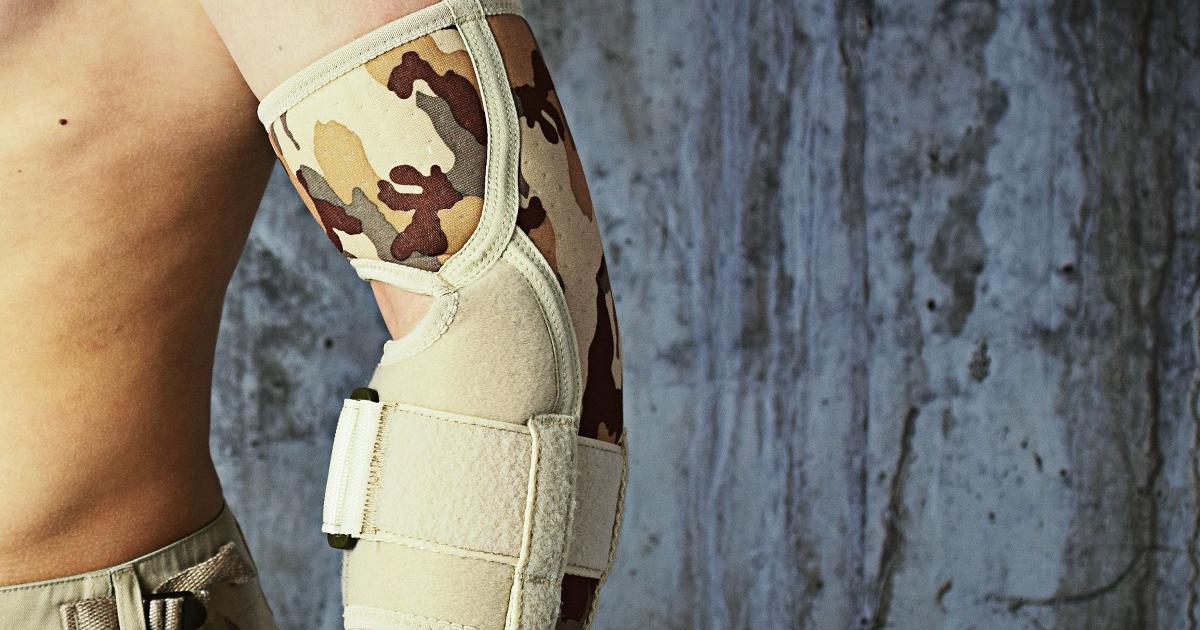Ways To Prevent And Manage Golfer's Elbow
Golfer's elbow, medically known as medial epicondylitis, is a painful condition that affects the tendons connecting the forearm and elbow. This ailment frequently impacts athletes, musicians, and others whose work involves doing repetitive arm motions for more than two hours a day. Pitchers, painters, tennis players, and bowlers are at an elevated risk of the injury, too. Patients with golfer's elbow experience pain on the inner side of the elbow, and this may radiate along the inside of the forearm. The elbow may become very stiff, and patients may be unable to make a fist without pain. Some patients may feel their arms and hands are weaker than normal, and they may also have tingling sensations in the fingers, particularly in the ring and little fingers.
Golfer's elbow can be caused by overuse, improper form, poor equipment, and inadequate rest. To diagnose this condition, the doctor will gently press on areas of the patient's hand, wrist, forearm, elbow, and shoulder, and they will check the patient's range of motion. In some cases, an x-ray might be necessary, and patients with severe symptoms may need more advanced imaging studies for a comprehensive evaluation.
Stretch And Strengthening Exercises

Stretch and strengthening exercises can help relieve the stiffness and pain associated with golfer's elbow. Orthopedists and physical therapists can teach patients the specific exercises most appropriate for their symptoms. Patients who suspect they may have golfer's elbow should always ask for professional advice before doing any stretches or strengthening exercises with their arms. Doing the wrong exercises, using the improper technique, or doing too many repetitions can cause additional damage and delay recovery. Most exercises for golfer's elbow involve flexing the wrist and fingers, and elastic bands are sometimes used for certain stretches.
Some stretches may be slightly uncomfortable. To reduce the pain of any exercise, patients may wish to gently massage the forearm or elbow during the stretch. Exercises that progressively load the tendon are especially effective for golfer's elbow, and these can be demonstrated by a physical therapist. Patients who experience increasing pain after doing these exercises for a few days could have a more serious condition, and they should see an orthopedist for a thorough evaluation.
Brace For The Affected Arm

Using a brace for the affected arm may enable patients with golfer's elbow to rest their arm more effectively. Rest is one of the most frequently recommended treatments for this condition, and it is sometimes all that is needed to resolve mild cases. Using a brace keeps the arm and wrist in proper alignment, supports and cushions the arm, and prevents wearers from making unnecessary movements. In doing so, the brace promotes faster and more complete healing.
Doctors advise patients to wear a brace each night while sleeping, and patients may wish to wear it for a few hours during the day as well. It is important for recovery that the brace not be worn for too many hours a day or for too many days. Patients should follow the instructions of their doctor or physical therapist when deciding how long to use a brace. When selecting a brace, patients should choose an appropriate size. In general, braces available from doctor's offices may provide better support than those available at drugstores.
